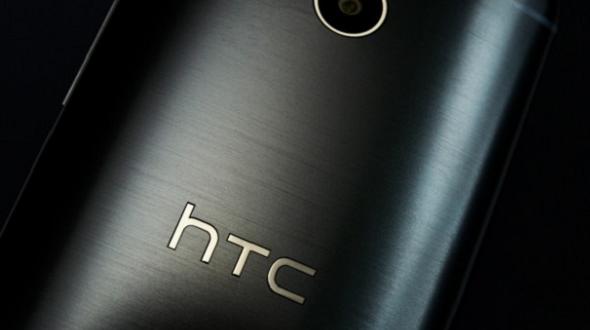Last Updated on April 12, 2017 by Mathew Diekhake
For God knows how long I have been reporting a Galaxy S5 prime in the works thanks to many leaks from very reputable sources. It didn’t seem to hurt people as much as I thought it first would, many with the opinion that they even prefer the plastic shell of the earlier S5 anyway. I find this hard to believe and it could be just trying to make themselves feel better, but nonetheless it is hard to dispute plastic doesn’t break as easy as some of the iPhone glass front and back covers we see.
Nevertheless, this isn’t about what the team over at Sammy are doing now because that is all but confirmed. This time the surprise news is that HTC is making a similar “Prime” style that will boast many of the same features. In it will be the new Snapdragon 805 system chip that is in a class of its own and well above the current Snapdragon 801 that it has in the standard M8. The existing entry that was announced on the 25th of march and released later on the same day already had an Aluminium body so it won’t be any different in that regard. Although according to our sources, we could see a composite of aluminum and liquid silicone. Where it will stand out is with the new hardware giving it a better processor and the Quad HD display that we knew coming. It will give outstanding screen resolution and make everything appear better quality than anything we are used to seeing.
A tweet made its way to Evleaks, who we trust to the core, has revealed that the new Prime will have a 5.5-inch display, 1440 x 2560 QHD display and as many as four separate processing cores clocked at 2.5 GHz.

In many respects, the LG G3 was already well on the way to achieving this. Soon to be released on the 27th of May, the G3 entry has a display resolution of 1440 x 2560 pixels and a whopping 534 ppi pixel density. It isn’t far off what we would expect to see from Sammy and HTC with QHD screens. However, the G3 only has a Qualcomm Snapdragon 800 8974-AA system chip and that is below what the existing flagships from both South Korean and the Taiwanese flagships already boast. Suffice to say that once released it will be a shootout between the S5 prime and the M8 Prime with the only other genuine competition coming from Apple with the iPhone 6. In terms of Android related smartphones only, I can’t see anything else coming near what both these two manufacturers will have in the latter stages of 2014.
It’s highly plausible that Samsung and HTC both felt like they couldn’t mix it with the best smartphone later in the year so they decide to make a quick buck off releasing the “Flagships” at the start of the year before we saw the LG G3 and the iPhone 6 entries.
As it currently stands today the original M8 has a 5.0-inch display and screen resolution of 1080 x 1920 pixels. It started off running Android 4.4 KitKat with Sense 6.0 UI. It weighs 160 grams or 5.64 oz’s. The pixel density is 441 ppi and the technology behind it all is IPS LCD. Rounding out the remaining display features are the multi-touch touchscreen, light sensor and proximity sensor.
Its biggest flaw was the camera that only had a 4 megapixel (that they were trying to flog as ultra-pixel) duo camera with dual LED. In its defense, it did come with some nifty software features that we hadn’t seen before and I liked them more than just labeling them gimmicks. I saw real use for most of them, but, generally speaking, the quality of the image just wasn’t enough to compete properly against its rivals. We see mid-rangers doing better than that. Rounding out the camera features is the auto-focus, back illuminated sensor, manual focus, smile detection, digital image stabilization, face detection, ISO control, white balance, Geo tagging and exposure compensation. The new Prime model will also come with the usual options including burst mode, high dynamic range mode, panorama and macro mode. We are not expecting any changes with the camera so here is a list that will show you what you can expect. However, keep in mind that hardware can always change until we get official word.
Speaking of hardware, the original M8 has a Qualcomm Snapdragon 801 system chip, Quad core, 2300 MHz, Krait 400 processor, 2048 MB RAM of system memory. All of that backed by an Adreno 330 graphics processor. It also has the 16 Gb built-in internal storage space plus microSD, microSDHC, microSDXC external memory options of up to 128 GB.
My favorite feature was the battery that lasts for 20 hours talk time and 20.7 days stand-by time. That is huge numbers that beat out many of the competition. Unfortunately for HTC all people were talking about with the “All New One” when it came to battery was that it was not user replaceable. It is true that it can’t be replaced, however, with statistics like that why would it ever need to be? More likely is they made it impossible to change because it won’t need to transfer.
What have you heard about this device? Is this the first time you knew about the rumor or have you got other information? Let us know in the comments if you have anything to add. We love to hear people’s opinions and knowledge.
